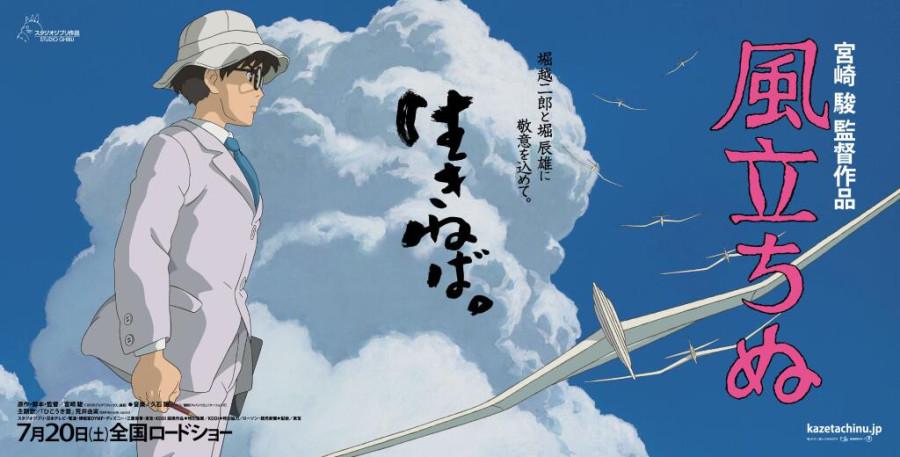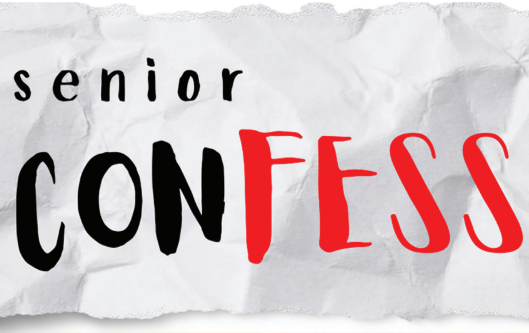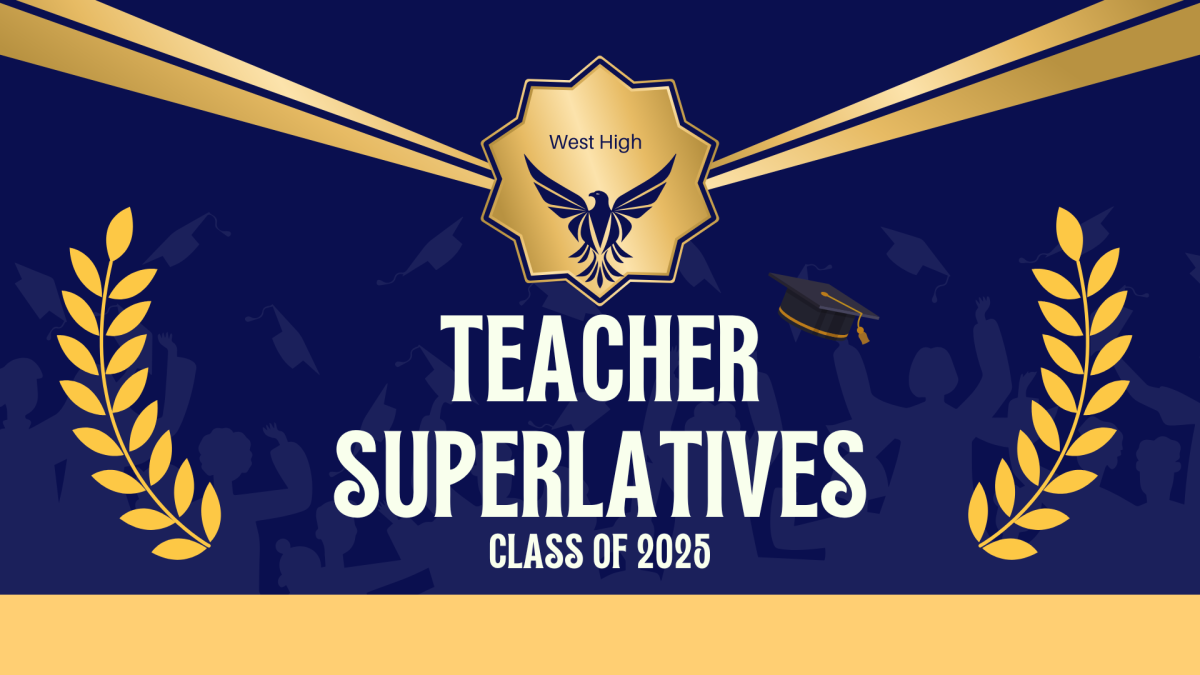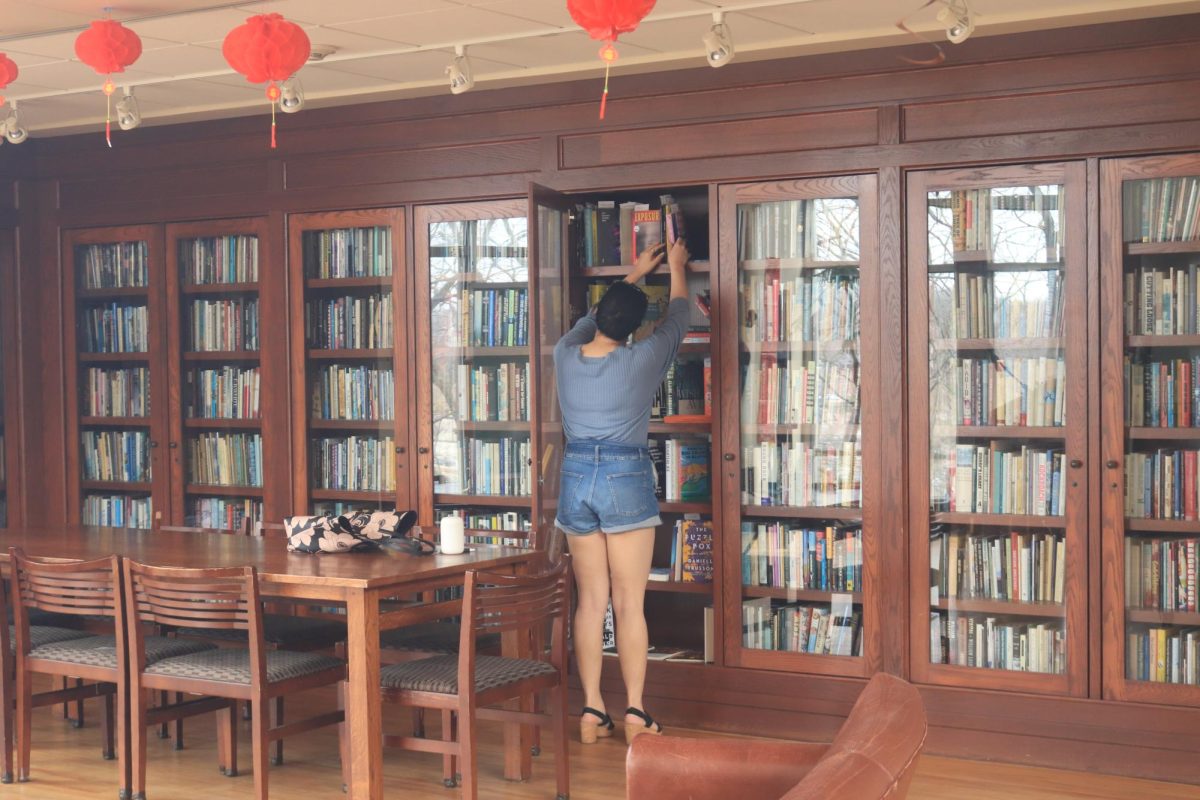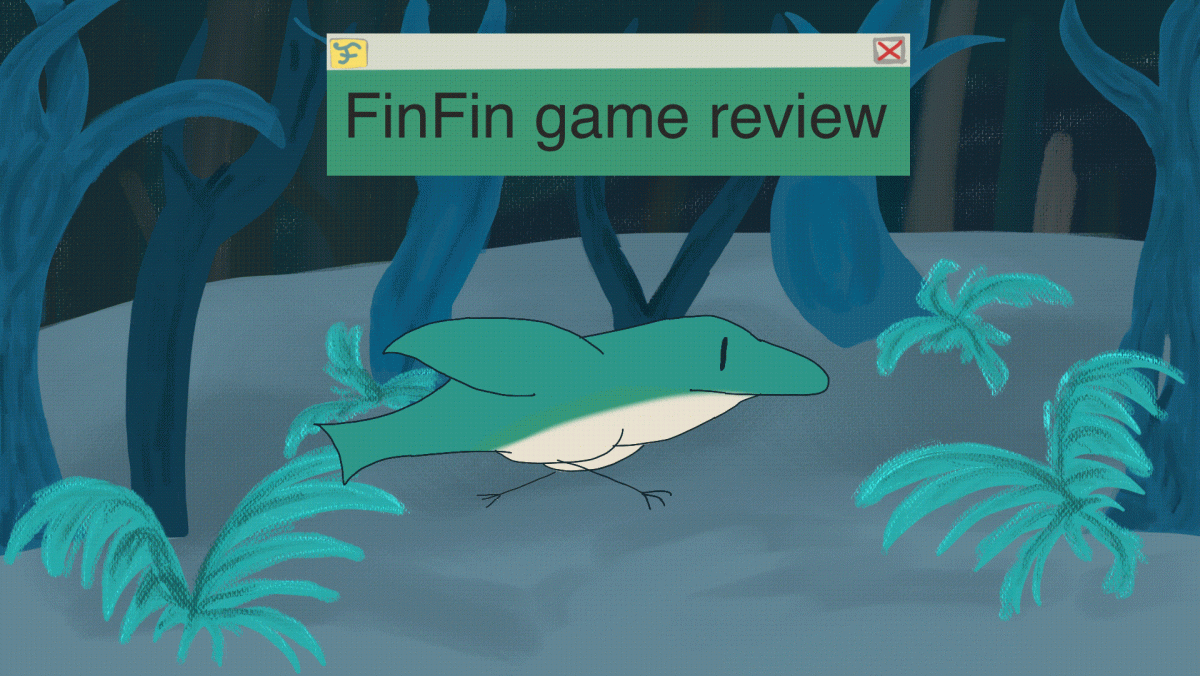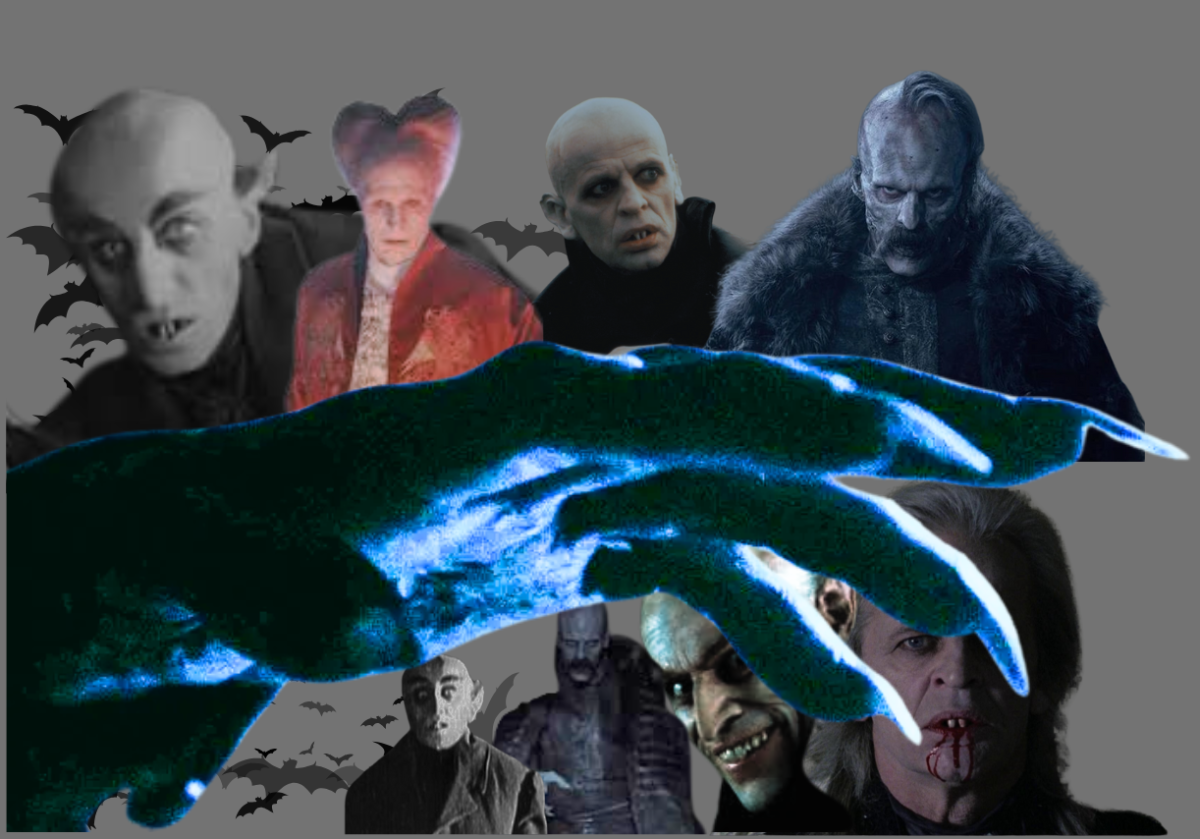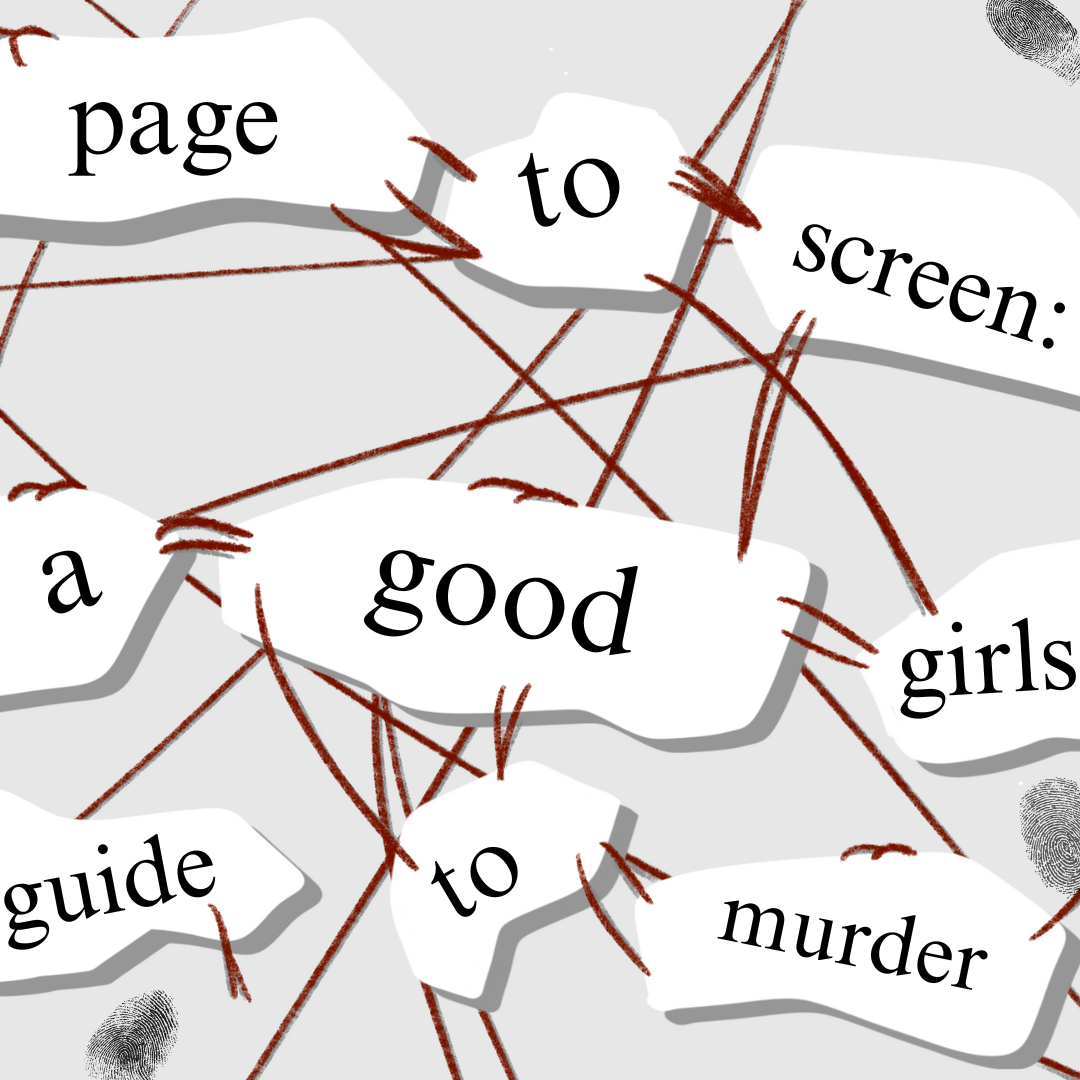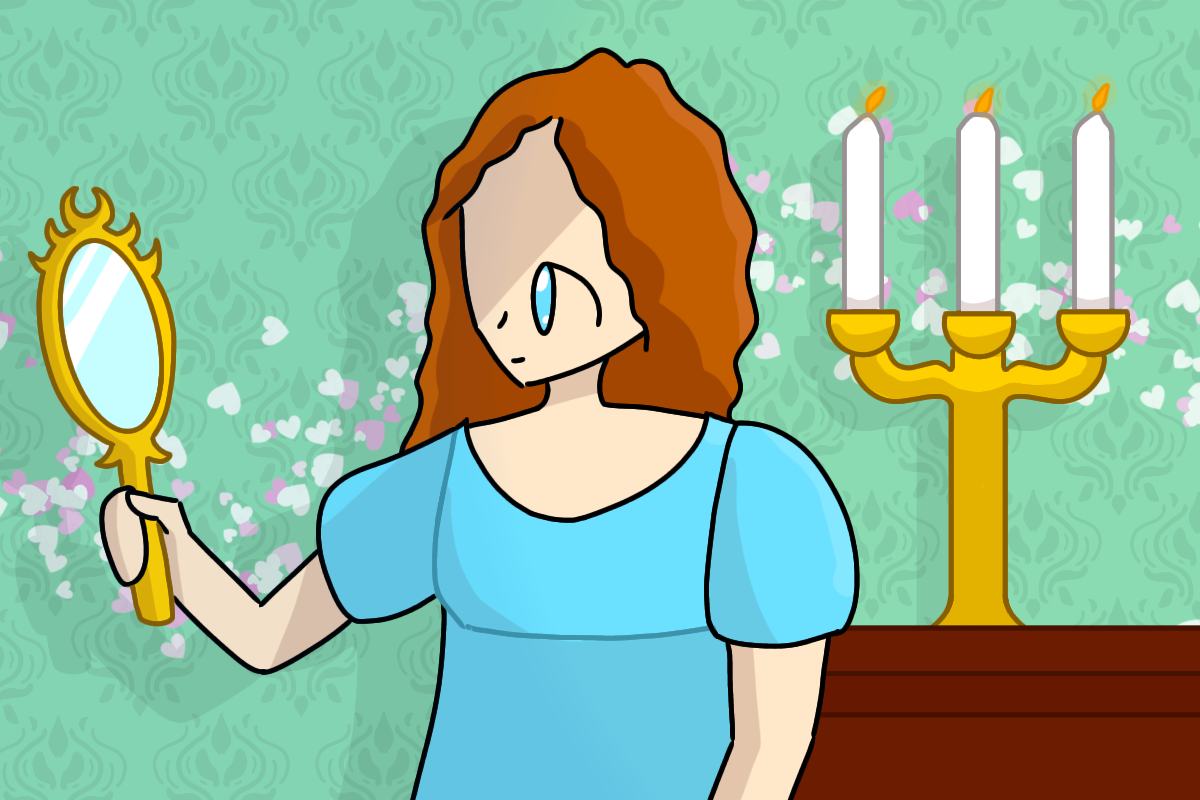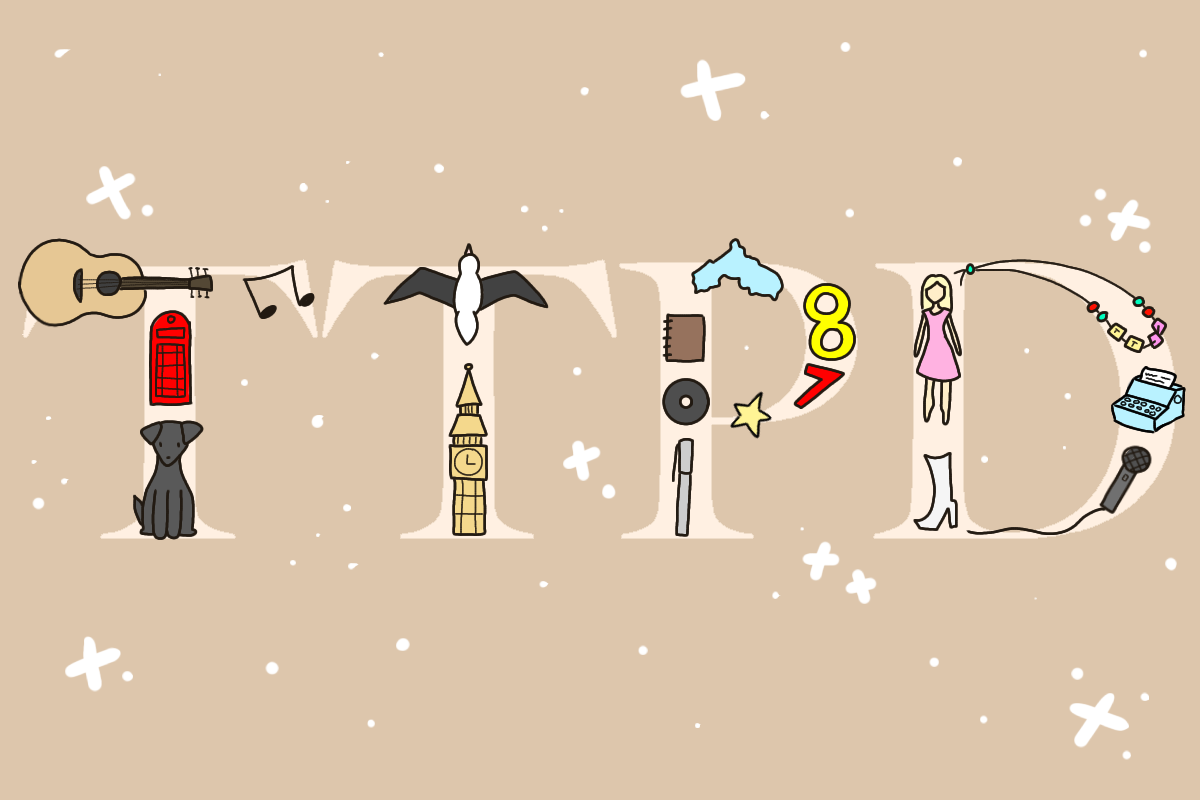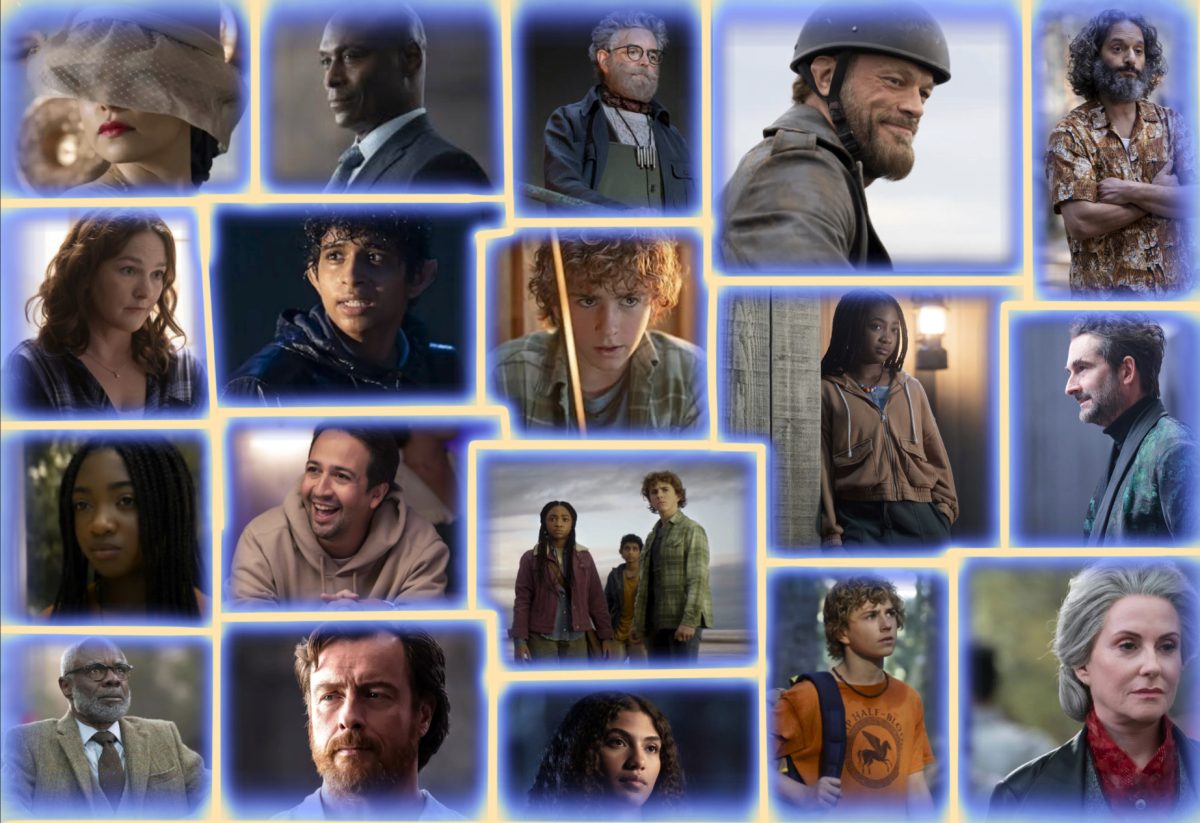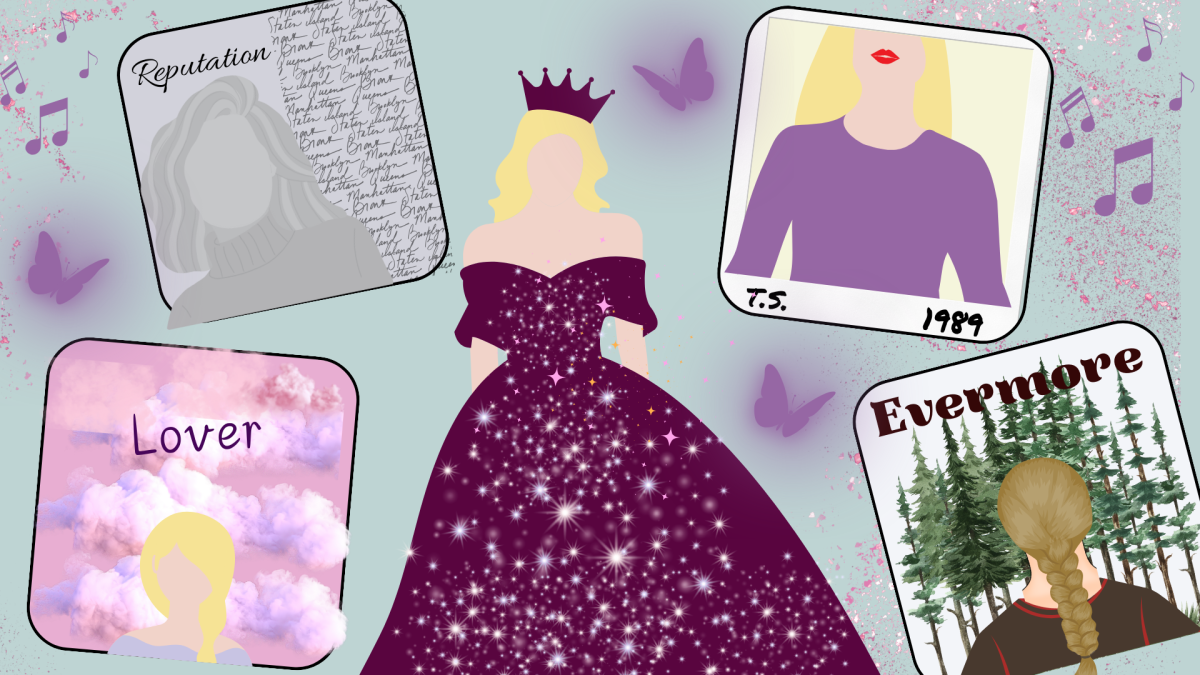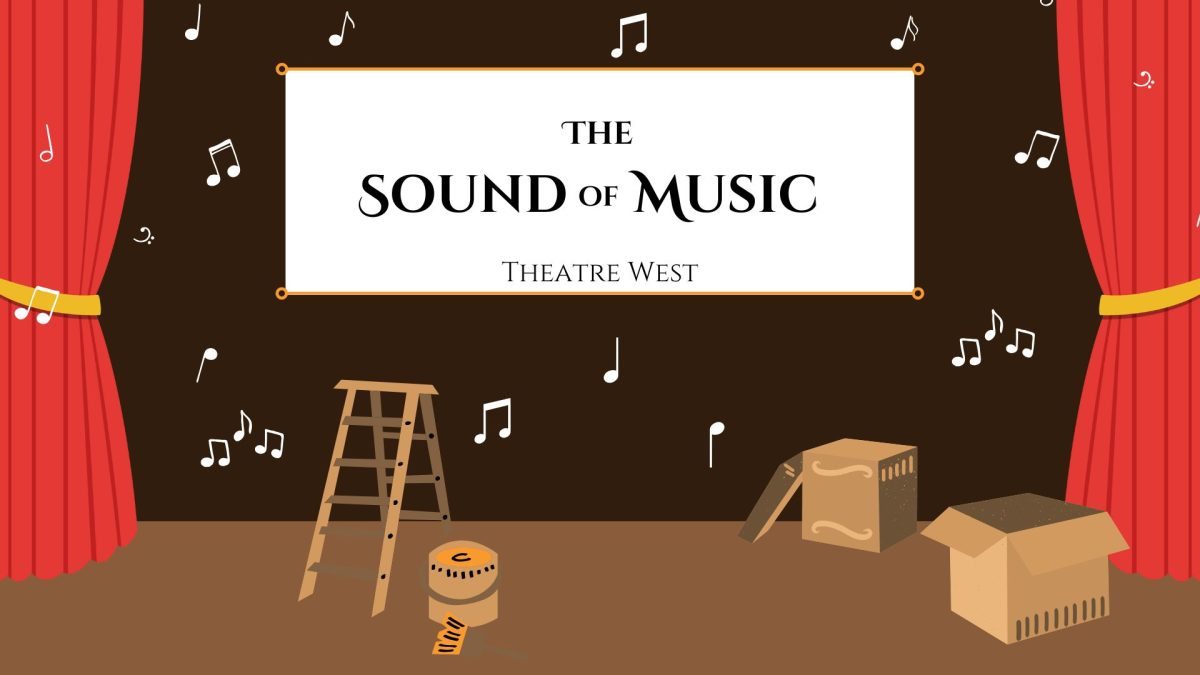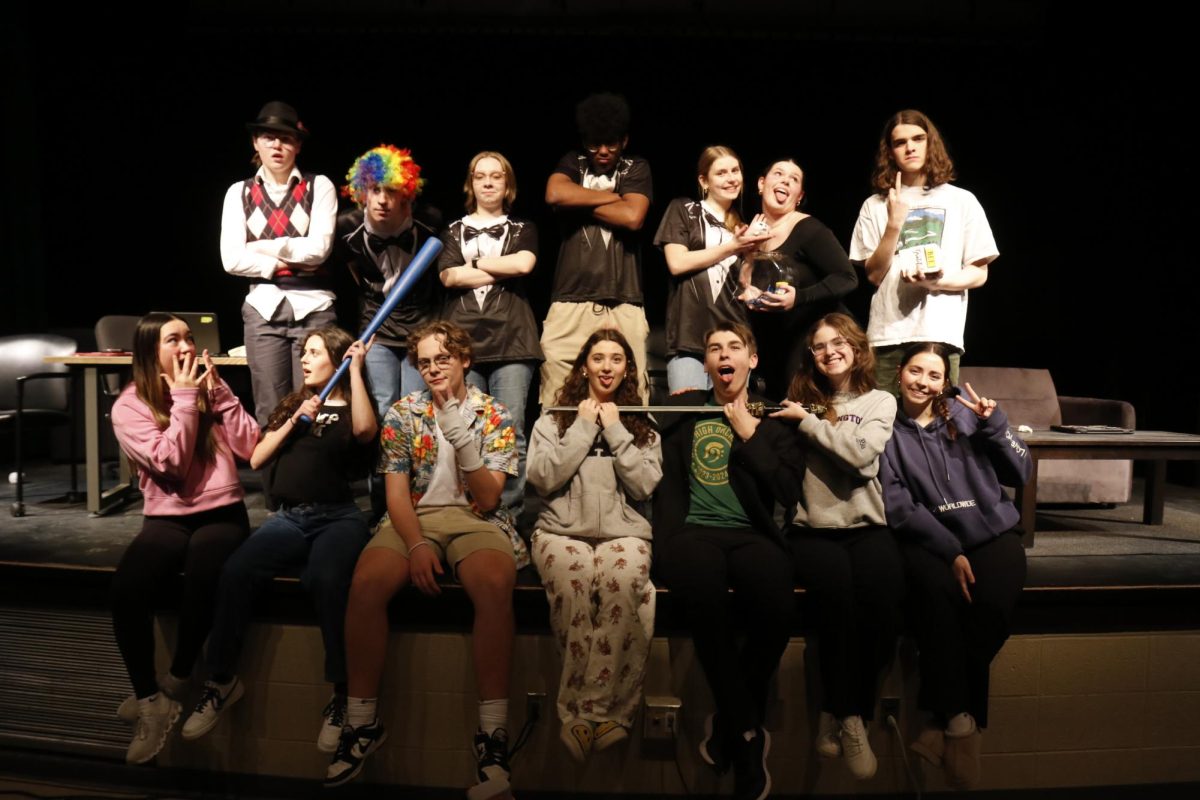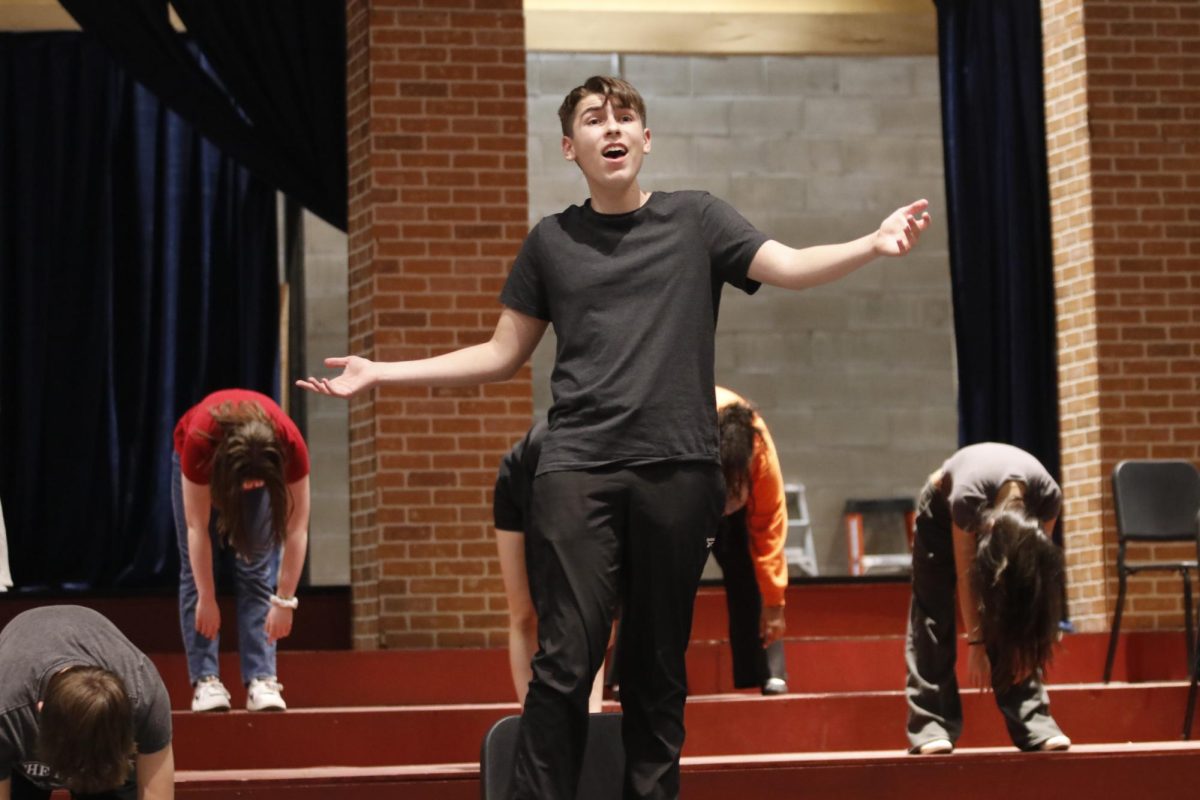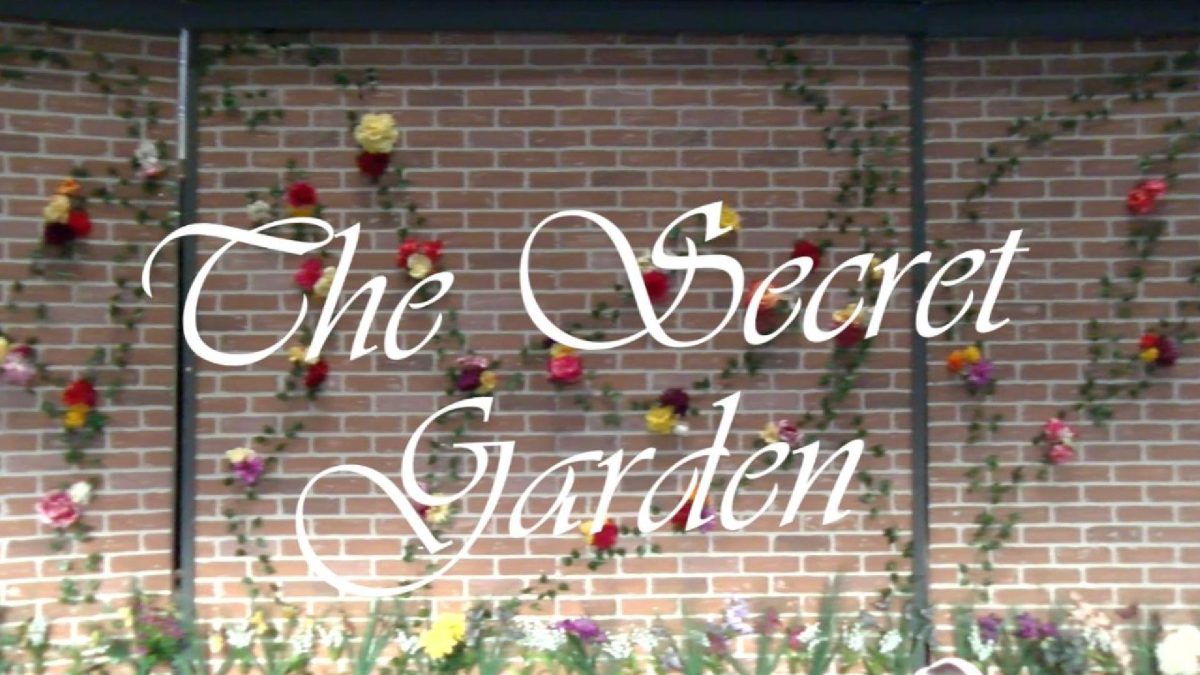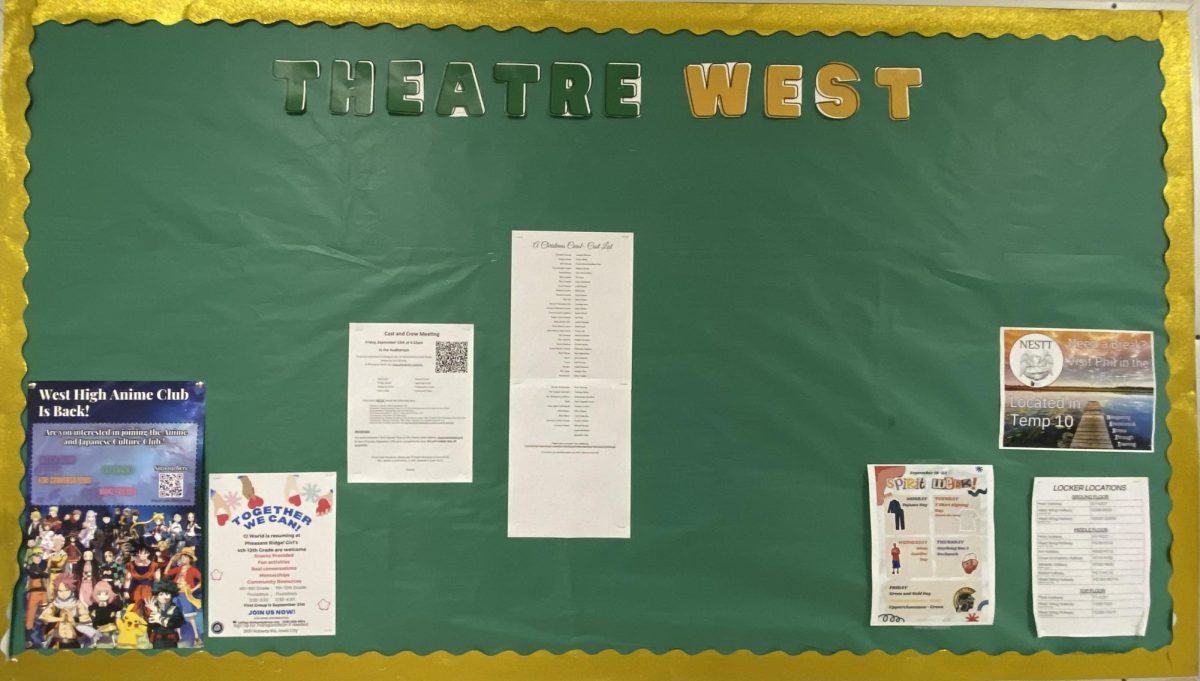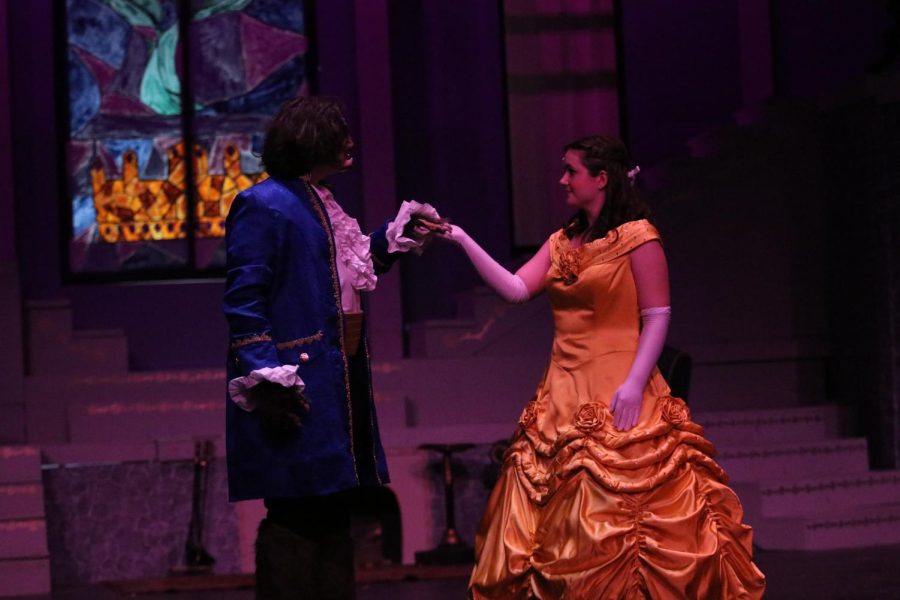Photo used with permission from flickr.com
In the bustling heart of Tokyo, there is a small studio in a suburb called Koganei. This studio, called Studio Ghibli, is where Hayao Miyazaki creates his many of his critically acclaimed animated feature films, including Raputa’s Flying Castle (1986), My Neighbor Totoro (1988) and Kiki’s Delivery Service (1989). These films have been dubbed as timeless classics in Japan, and are beginning to grow in popularity in other countries as well.
Miyazaki is the only Japanese animation filmmaker to win the Oscar for the Best Animated Feature Film (for Spirited Away in 2003, which I highly recommend). Now, alongside his longtime friend,Toshio Suzuki, Miyazaki has been nominated for another Oscar for the same category for their 2013 film, The Wind Rises (Kaze Tachinu), released on July 20 in Japan and on November 8 in the United States.
The Wind Rises is a historical fiction story set in the early 1900s in Japan about a man named Jiro Horikoshi, who has loved airplanes since a young age. He studied the construction of airplanes while at a university in Tokyo, and he was asked to create a plane immediately after joining a company. After failing to create a plane that can fly, he went to Nagano to escape his work. There, he met Naoko, a sickly woman. Jiro immediately fell in love with her. In his dreams, he also meet Giovanni “Gianni” Caproni, an Italian aeronautical engineer, and Caproni encourages him to keep on trying to succeed at creating a successful airplane.
After Horikoshi created a successful airplane, it was used in the World Wars and the Chinese-Japanese War. This leaves Horikoshi conflicted because he created airplanes simply because he loved them and not because he wanted to kill enemies. Another conflict arises when Naoko’s illness rapidly gets worse. He takes a train to visit the ill Naoko in Nagano every day and has encountered many sleepless nights. Despite all of the conflicts and difficulties, Horikoshi decides to live his life to the fullest, which fits perfectly with the tagline of the movie “We must live (Ikineba).”
Because I have watched well over half of the Studio Ghibli films and own the picture book version of every Ghibli feature film, you could say I was a little over the moon when The Wind Rises was nominated for an Oscar. This film is very deserving of its nomination, because it is SO GOOD. Despite the copious amount of airplane lingo, the storyline is very easy to follow, the animation was gorgeous, the music was wonderful and the list could go on forever. Horikoshi’s story has a relatable aspect for everybody, including love, work and the conflict on what it right and wrong.
The greatest aspect about this film, however, is the historical accuracy of this story, which expands the audience to an older generation as well. Horikoshi was a real person, as well as Caproni, and most of the minor characters were actual people that impacted Horikoshi’s life as well.
A reason why this movie is popular amongst the older Japanese population (and me) is because of its theme song, “Airplane Clouds (Hikouki Gumo)” by Yumi Arai (now known as Yumi Matsutoya), a Japanese singer. Aside from attracting many of the older generation (including most of my relatives), “Airplane Clouds” was probably chosen as the theme song because it fits with the mood of the movie, because the song is so beautiful but the lyrics are so personal and sorrowful. The song is about one of Arai’s classmates who died in an accident at a very young age, and the lyrics are questioning if people understood her feelings of grief and sorrow, and matches with the conflicts of Jiro.
Even if you are not interested in anime or historical fiction or anything about this movie, I highly encourage you to go watch it anyways. You will leave the theater feeling like you have learned a life lesson.



